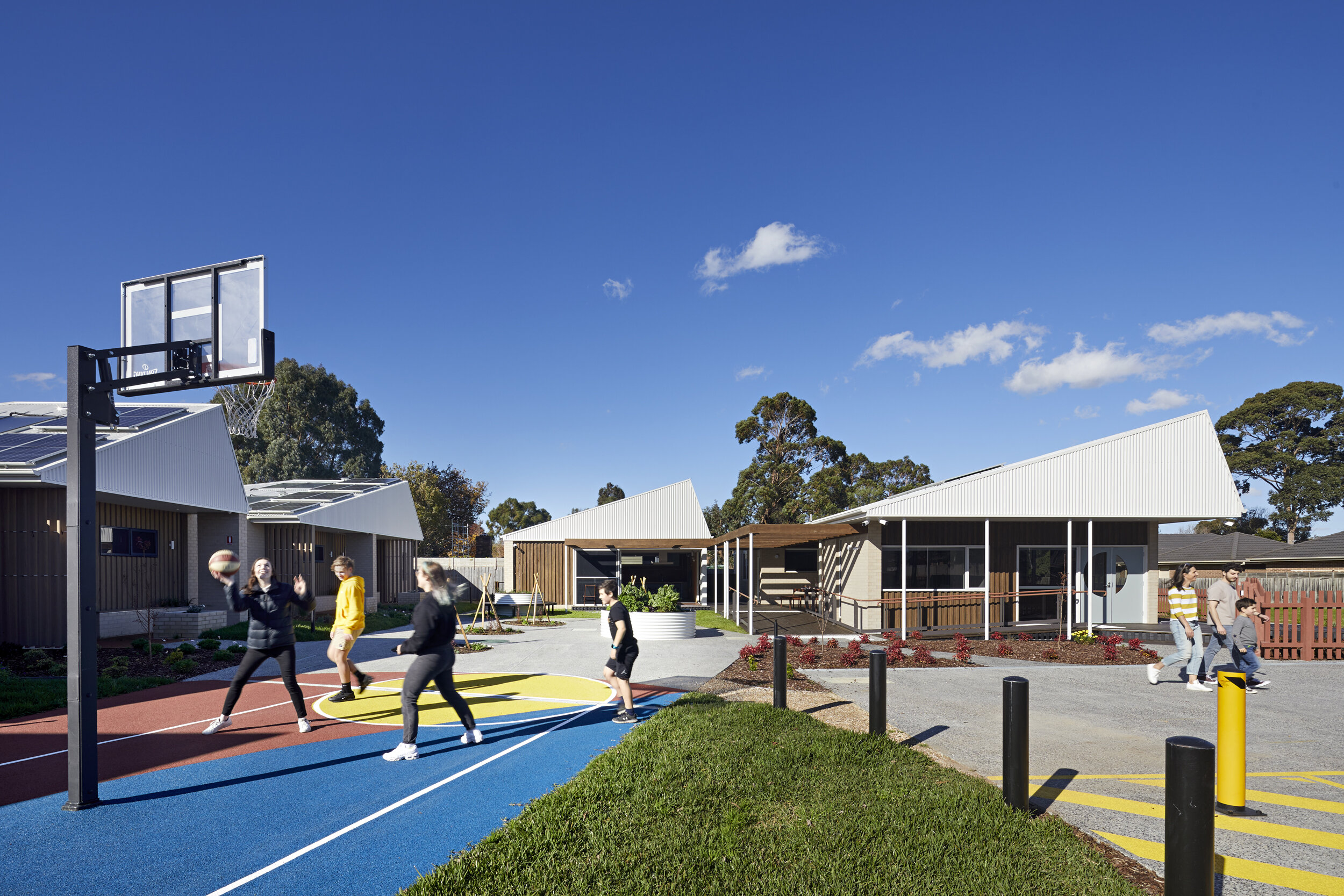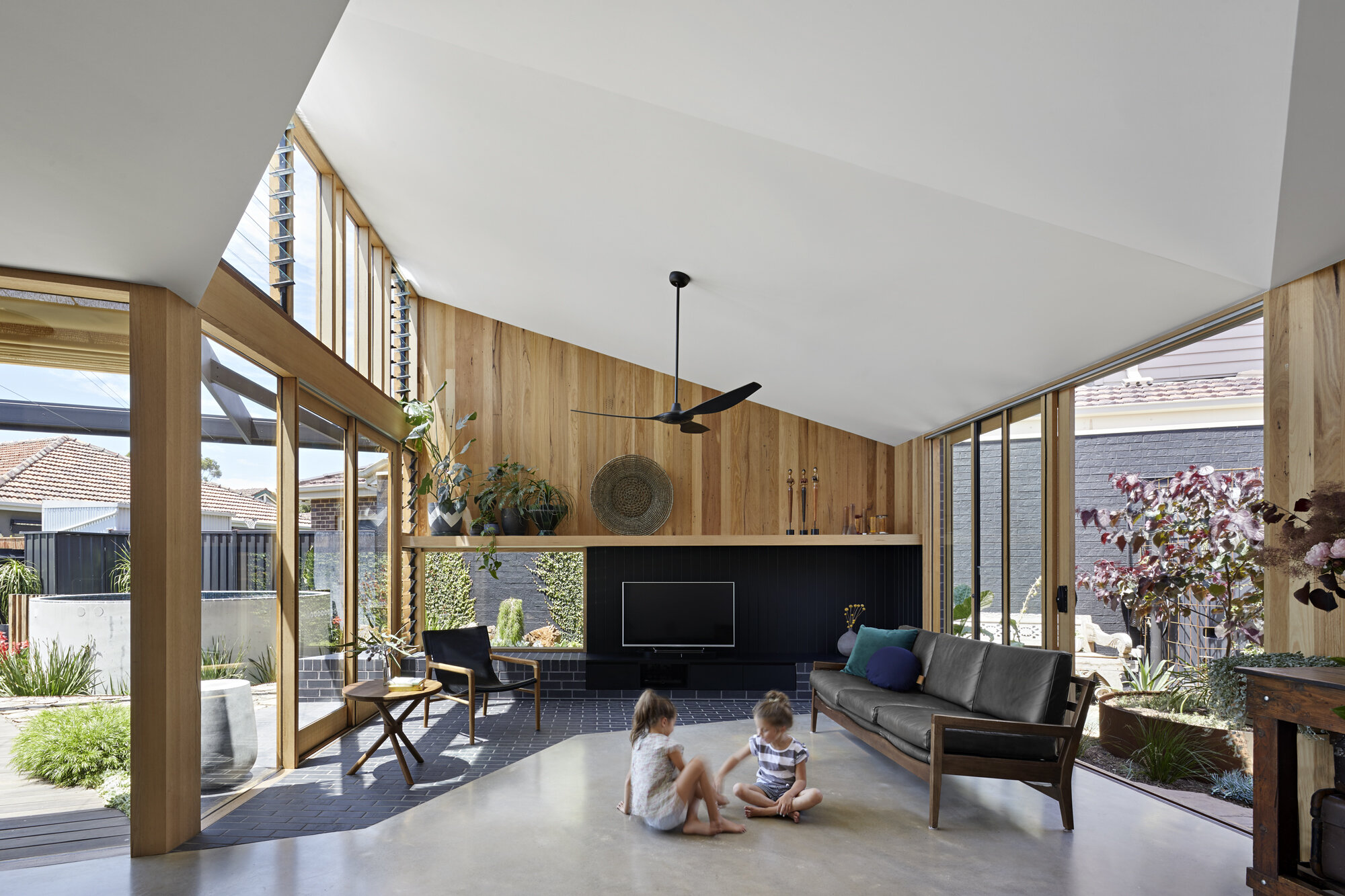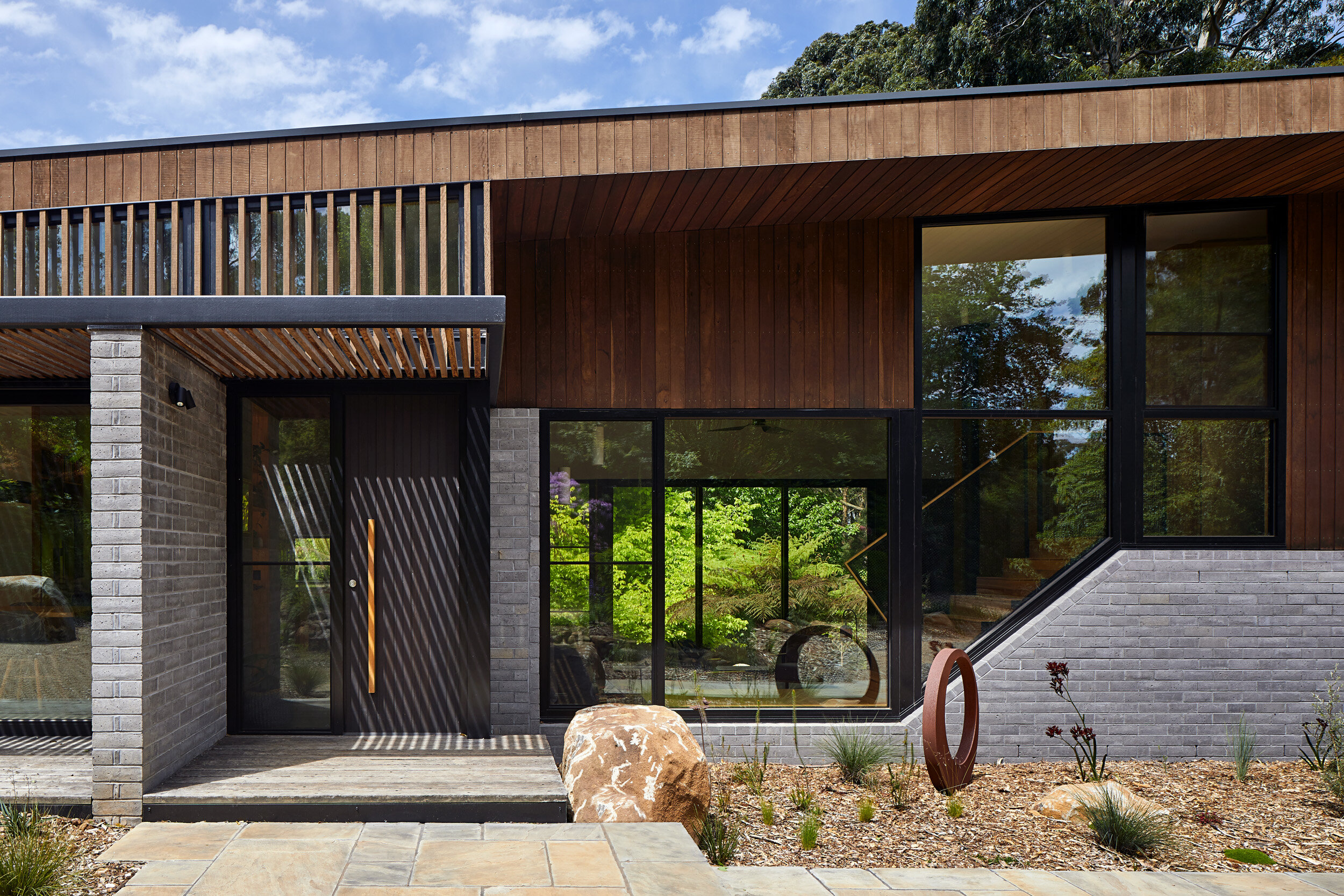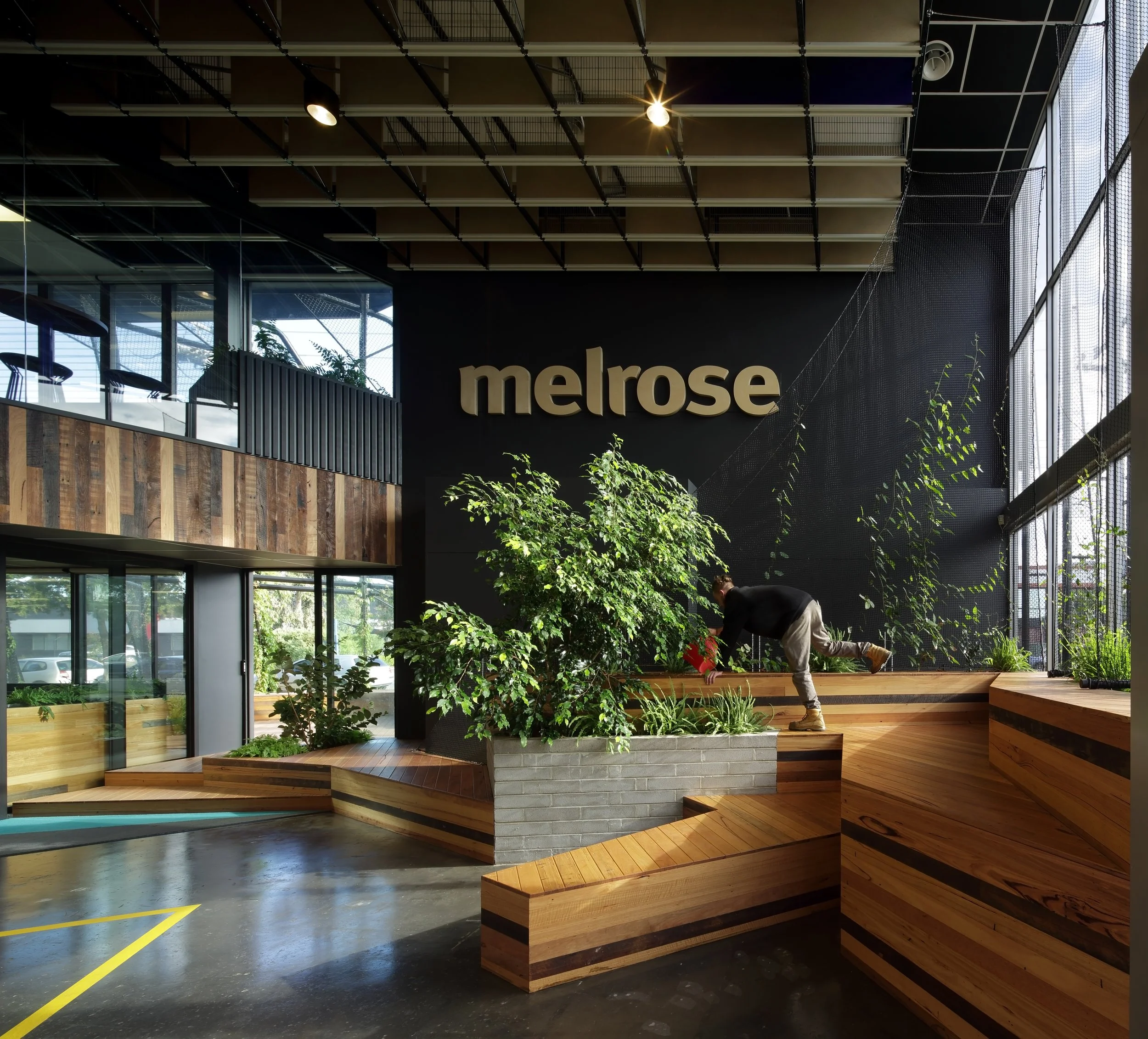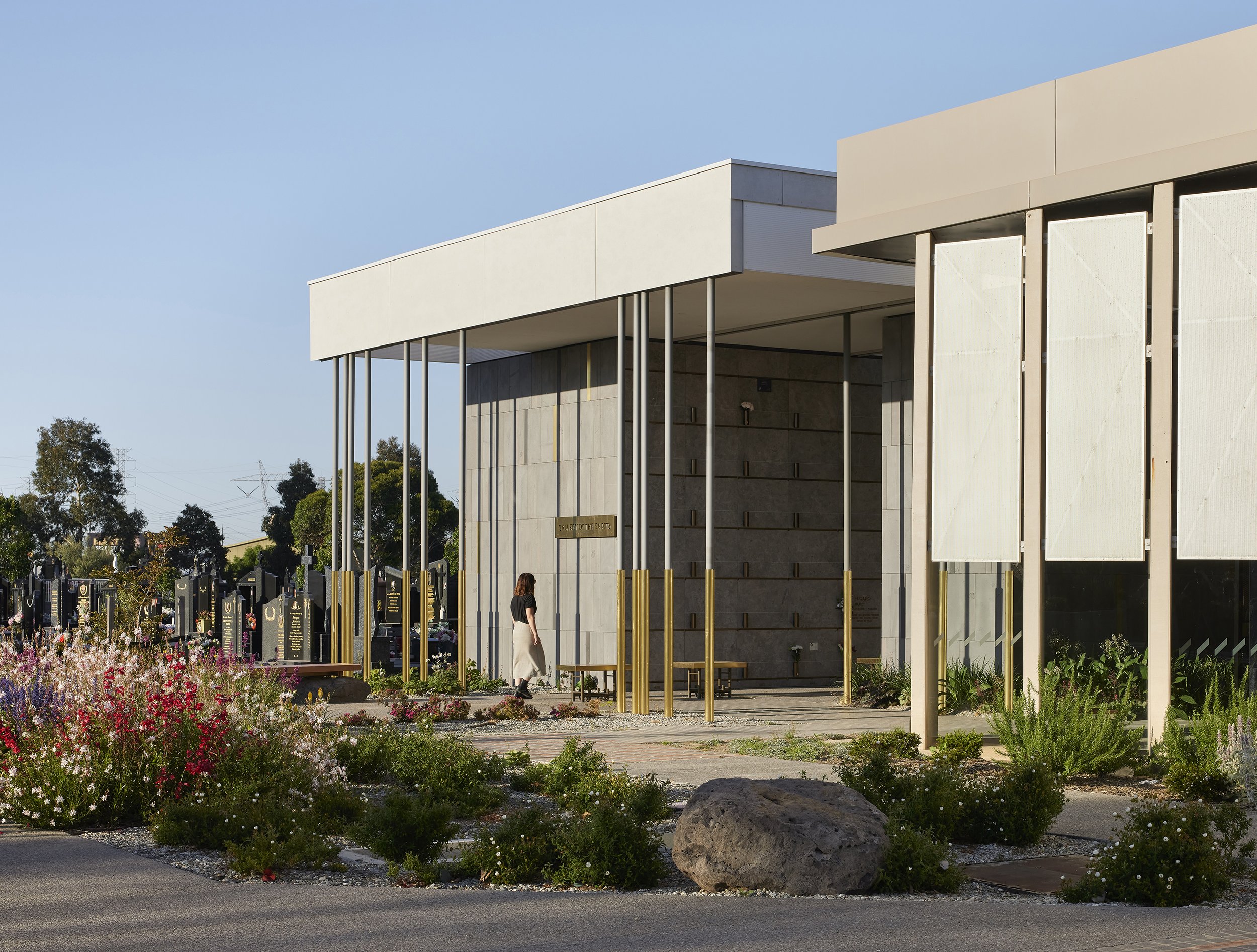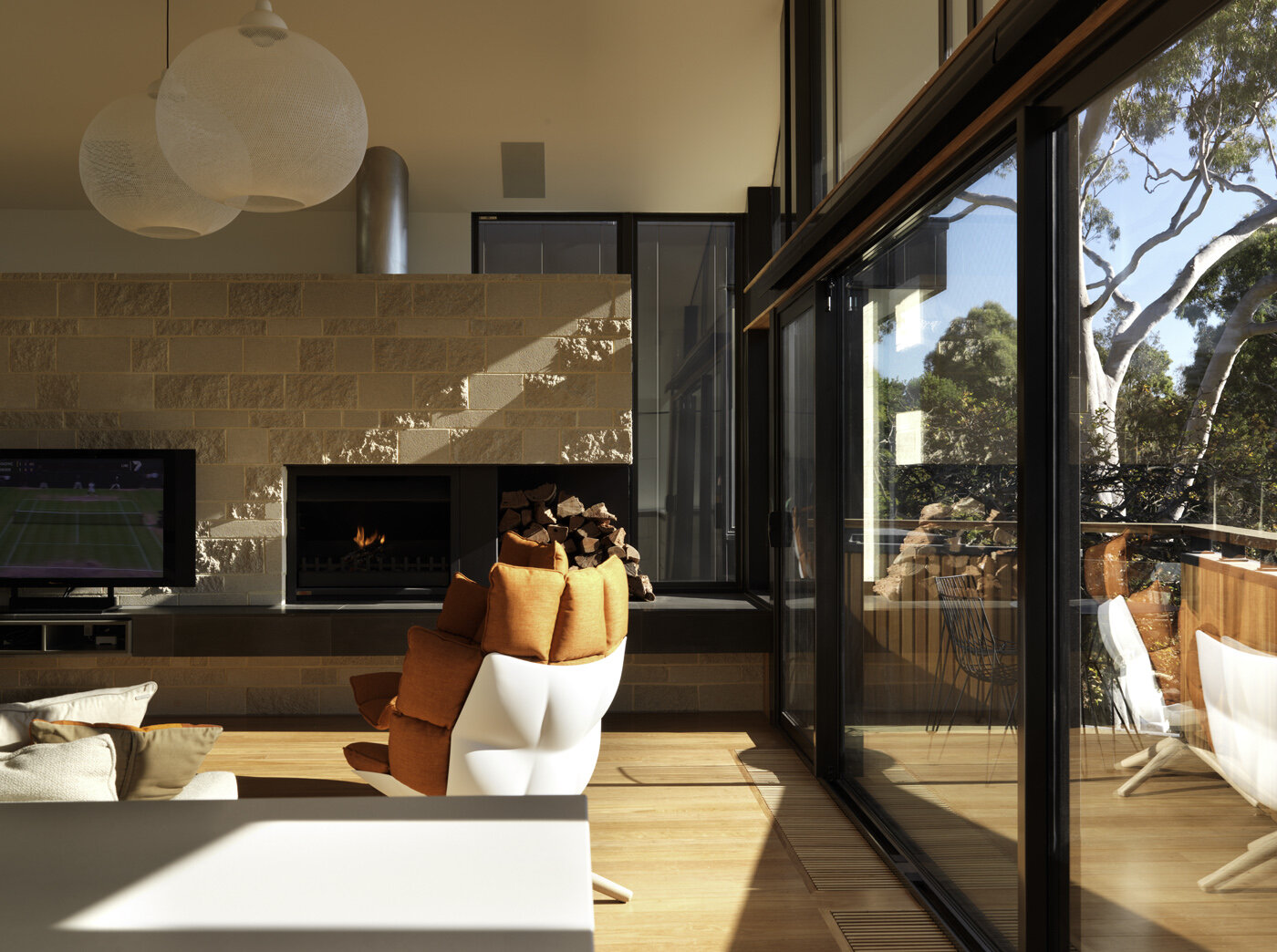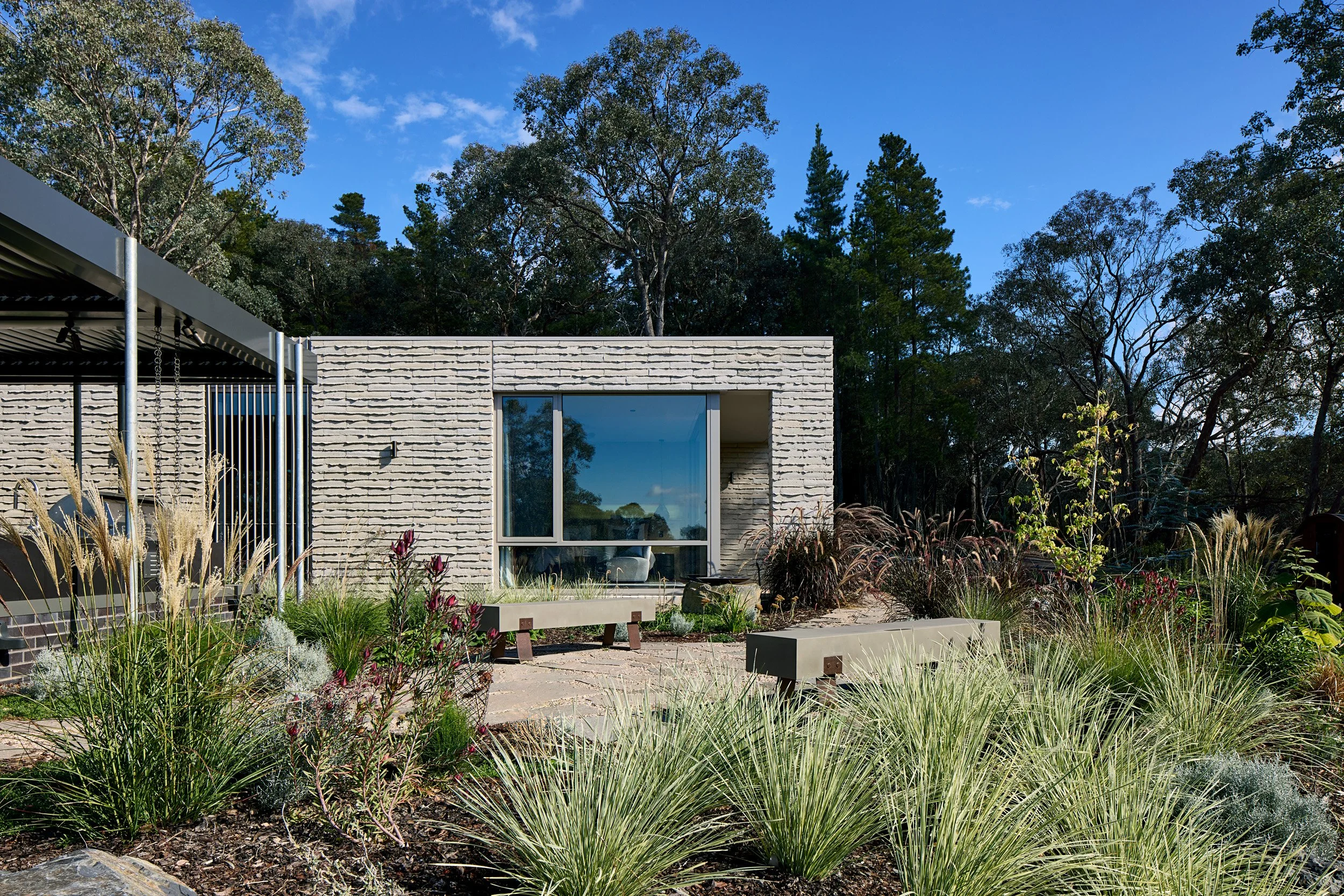One of the most important things to get right with green roofs is the substrate. Just like a typical garden, success or failure often comes down the soil! The green roof substrate provides water and nutrients to the plants as well as physically supporting their growth. No, it's not as simple as throwing some garden soil or potting mix on the roof! The type, quality and properties of green roof substrates needs to be carefully planned. So, what exactly is a green roof substrate and what needs to be considered?
What Are Green Roof Substrates?
Green roof substrates are typically a combination of organic and inorganic materials. Organic materials are usually kept to a maximum of 20%. This is for a few very good reasons. Organic materials (think coir, pine bark and compost) have a tendency to degrade over time and slump. Organic materials can also become resistant to water (hydrophobic) and can be difficult to re-wet once it has dried out. Inorganic materials will make up the bulk (if not all) the substrate, including ash, pumice and sand. Chemically inert foams, a bit like the 'oasis' you'd find at a florist, are also commonly added into the mix. Recycled materials like crushed bricks and roof tiles can even be included to reduce the embodied energy of the green roof.
How Do You Choose a Green Roof Substrate?
The selection of substrates should be undertaken by an expert and calculated to ensure it has a known saturated weight loading, drains freely yet retains enough moisture for plant growth and will remain stable over time. The types and proportions of the various components needs to be carefully considered. For example, the substrate needs to be weighty enough not to blow away on the first windy day like a fine sand might, but it also needs to be light enough so as not to add unnecessary weight to the roof. And of course it needs to hold moisture for the plants to absorb, but not so much moisture that the green roof becomes waterlogged adding too much weight, what's known as hydrostatic pressure, to the structure.
An intensive roof garden like our Growing Up Green Roof project requires careful calculations to determine the best substrate due to the depth of soil and the needs of vegetation.
The type of substrate you use will also depend on whether you're designing an intensive or extensive green roof. When specifying the substrate, it's important to take into account the depth (shallow green roofs dry out more quickly) and the vegetation type (succulents and sedum require less water).
As you can see, choosing a green roof substrate is a complicated balancing act best left to the pros!
How Do You Install Green Roof Substrates?
Blowing green roof substrate into place. Image Source: Growing Green Guide
Green roof substrates can be installed in several ways which will need to be taken into consideration when planning your project. Installation of substrates by hand is only practical in the smallest of green roof projects, otherwise it's likely you'll need a crane to lift bags of substrate into place, or a truck-mounted hopper capable of blowing the substrate into place. An experienced green roof installer will be able to advise you of the best solution for your project.








